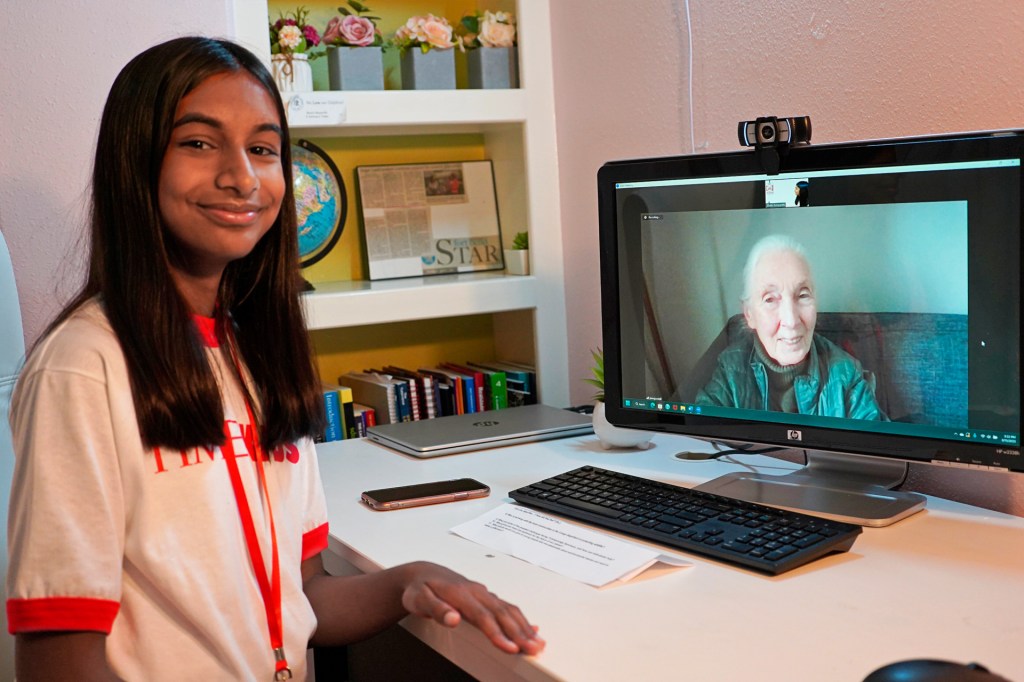Kids Care About: Sea Turtles

TFK Kid Reporter Sophia Hou cares about sea turtles. She talked to experts about why these animals are in danger and how people can help.

SAVE THE TURTLES Sea turtle populations are declining. People are working to reverse this.
TAKUMA OAWA—GETTY IMAGESSea turtles live in coastal areas and open waters all over the world. Six species live in United States waters. All of them are vulnerable, endangered, or critically endangered.

FAVORITE FOOD Sea turtles prey on jellyfish.
AI ANGEL GENTEL—GETTY IMAGESAshleigh Bandimere is the sea turtle program coordinator at the Oceanic Society. I asked her what the greatest threat to sea turtles is. She said it’s industrial-scale fisheries. Marine animals like sea turtles get caught in nets intended to catch other animals. Ghost gear, or abandoned gear, also entangles the reptiles.
And sea turtle populations have been affected by climate change. It has caused more storms and a rise in sea levels. These have destroyed nesting habitats.
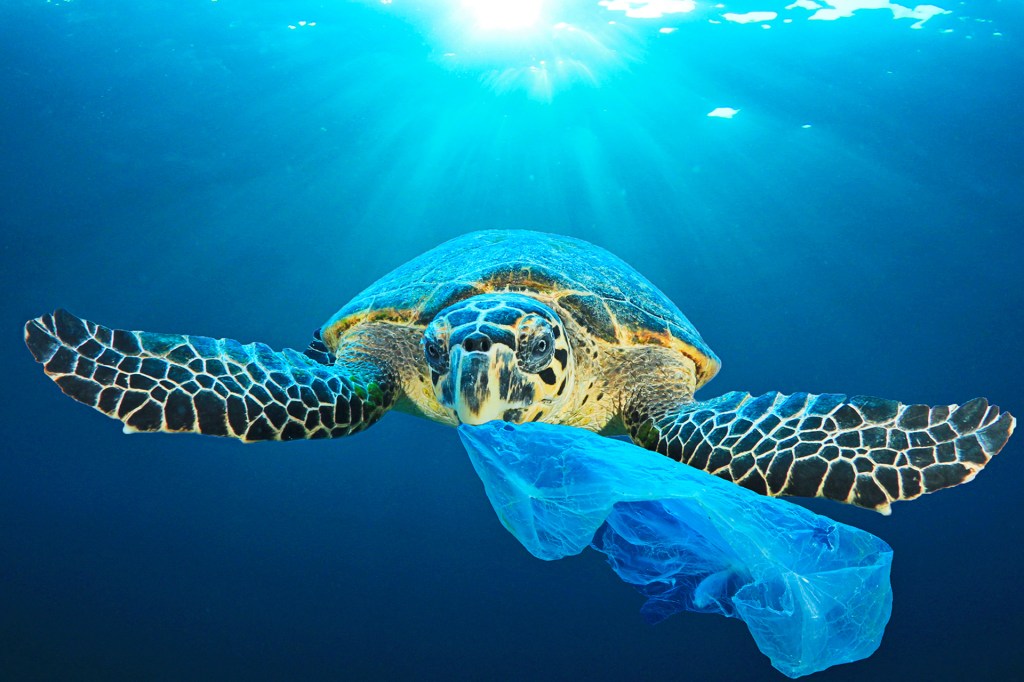
PLASTIC POLLUTION Sea turtles sometimes mistake plastic bags for jellyfish and try to eat them.
RICH CAREY—GETTY IMAGESCoastal development has affected sea turtles, too. Pollution harms the animals. Vehicles pack down beach sand. This makes it hard for female sea turtles to dig nests. And lights from buildings and roads confuse the hatchlings and lead them away from the ocean. “Very few sea turtle hatchlings will make it to adulthood, so each adult turtle is extremely special,” Bandimere says. “One turtle will be responsible for laying thousands of eggs every few years.”
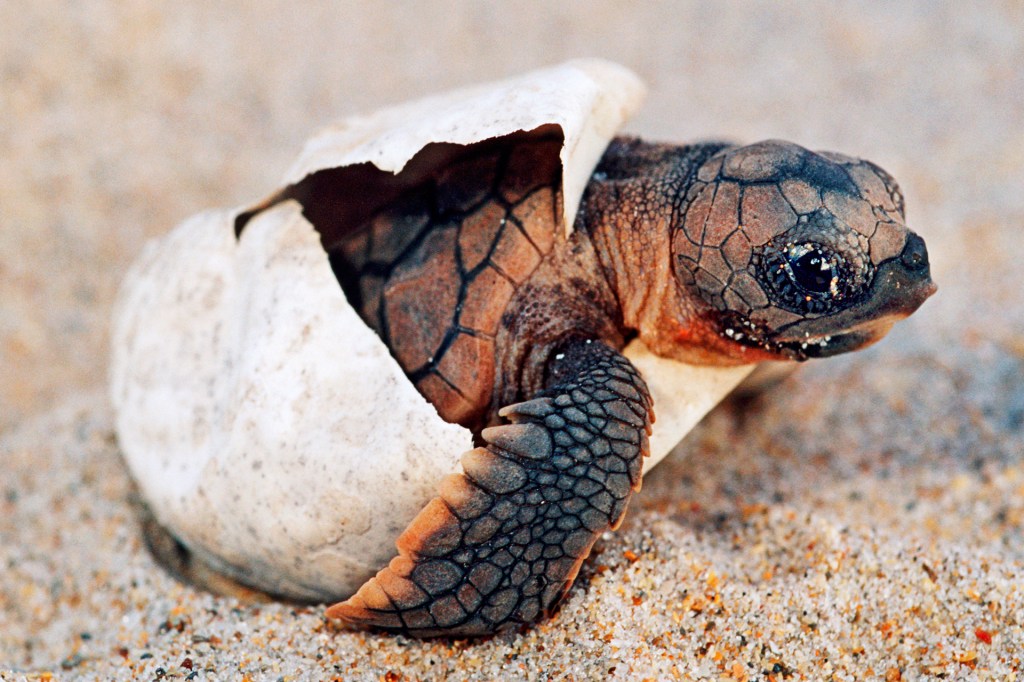
NEWLY HATCHED A loggerhead sea turtle pokes out of its shell. It will need to get to the water in a hurry in order to survive.
MARK CONLIN—VW PICS/UIG/GETTY IMAGESMany people and organizations are working to reverse the decline in sea turtle populations. Leigh Henry is director of wildlife policy at the World Wildlife Fund (WWF). She told me that WWF “works with fisheries to help them switch to more turtle-friendly fishing hooks and nets.” She also says installing LED lights inside of nets can help “alert sea turtles to their presence,” so the animals can swim around them.
What does the future hold for sea turtles? Bandimere is confident we can save them. “We know what threats they face,” she says. “And we know what’s needed to eliminate or decrease these threats. It’s just a matter of making it happen.”
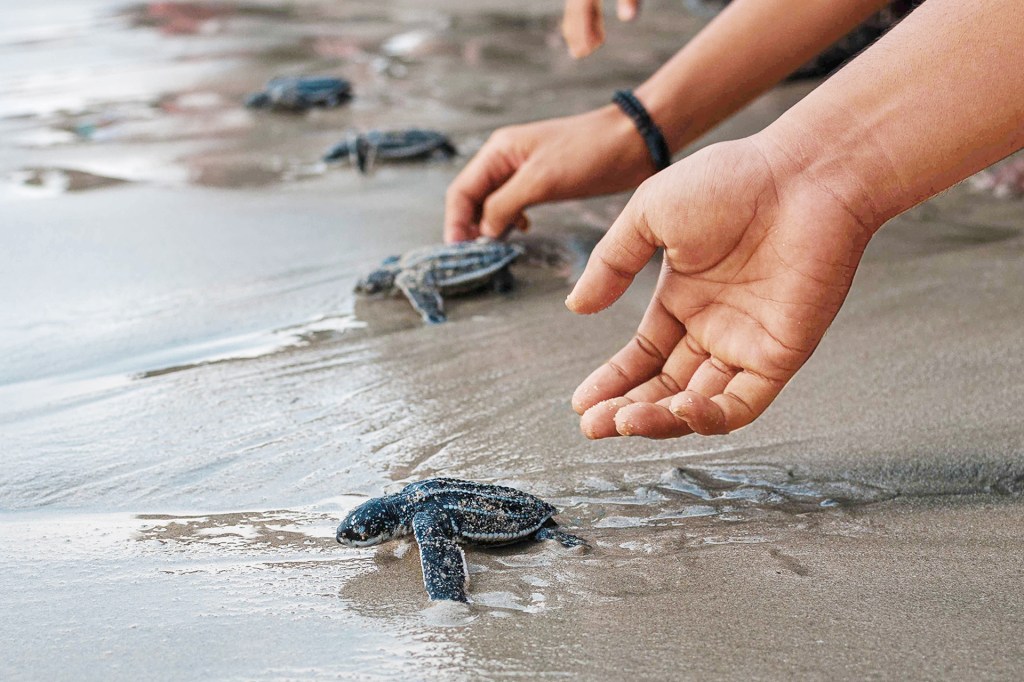
HELPIN HANDS People can volunteer with community groups to help sea turtle hatchlings find their way to the water.
SIJORI IMAGES/EYEEM/GETTY IMAGESYou Can Help, Too
Here are five ways you can help sea turtles.
Avoid single-use plastic.
Pick up trash on the beach. Dispose of it properly.
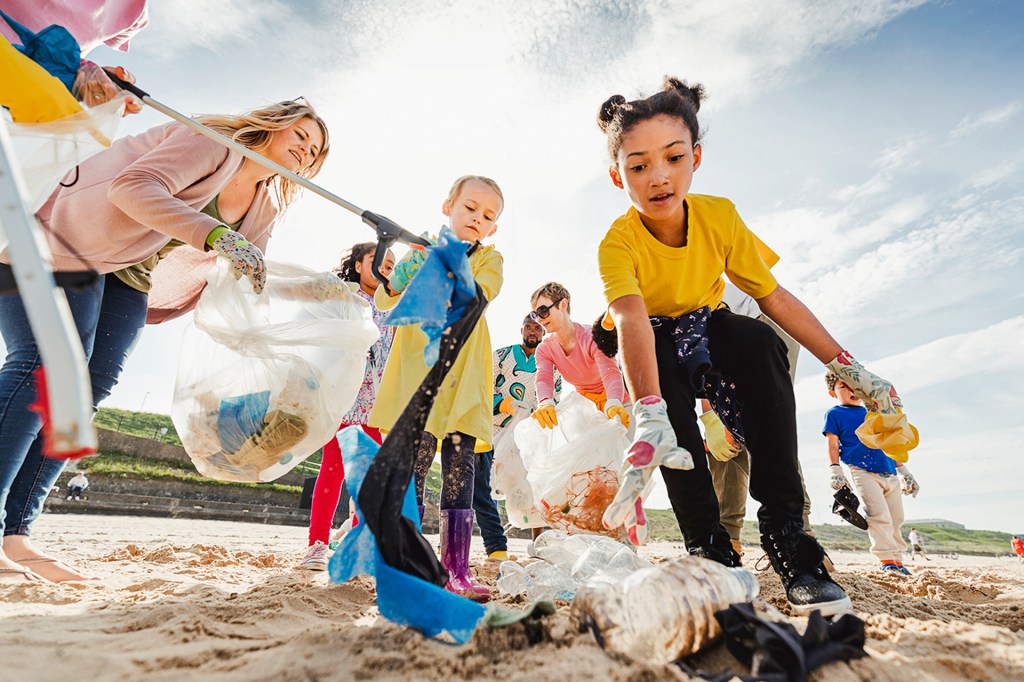
Flatten old sand castles and fill in holes in the sand. That way, female sea turtles will have a place to dig their nests and hatchlings will have a clear path to the water.
Turn off flashlights on the beach during nesting season so hatchlings are not confused.
Don’t buy souvenirs made of sea turtle shells.







